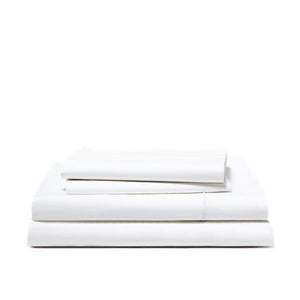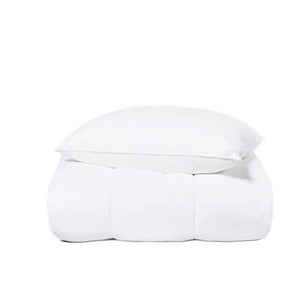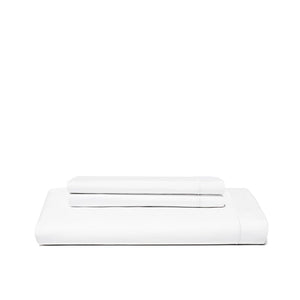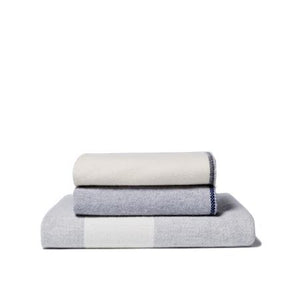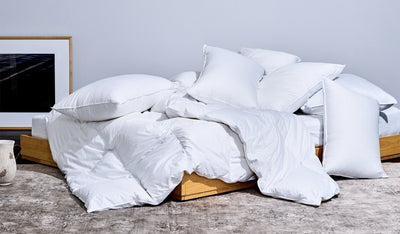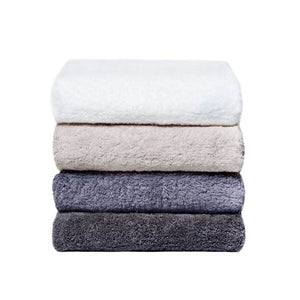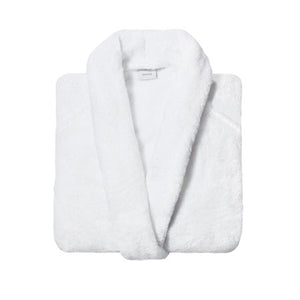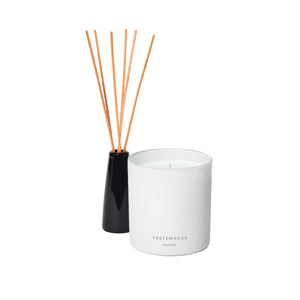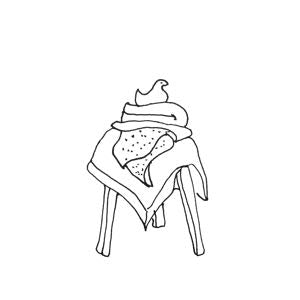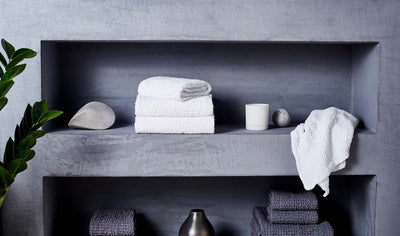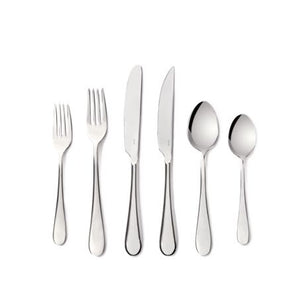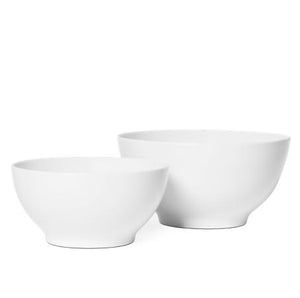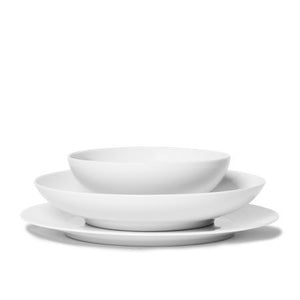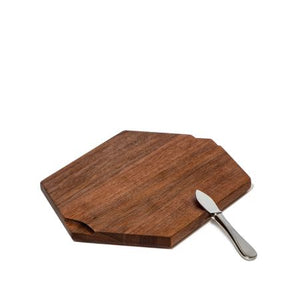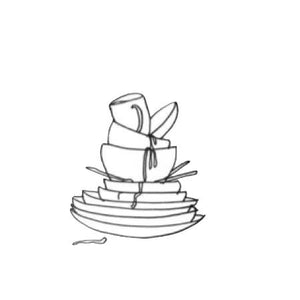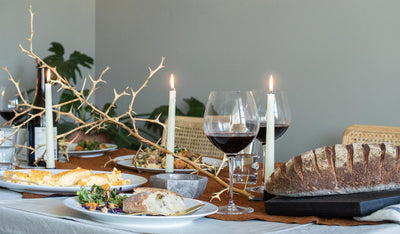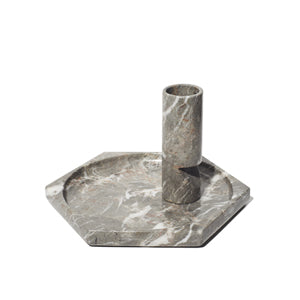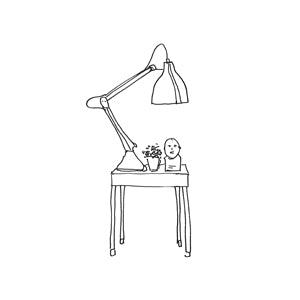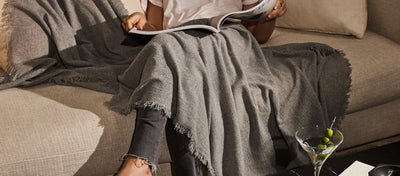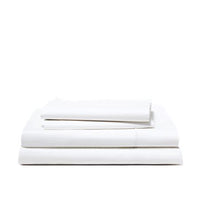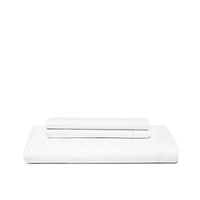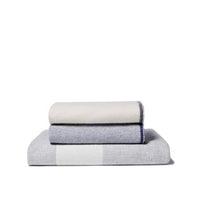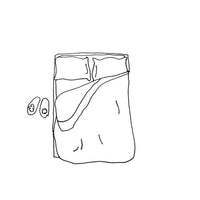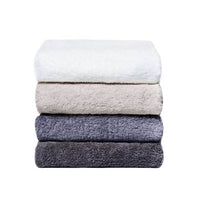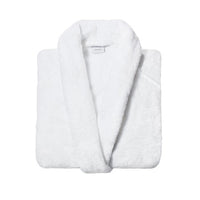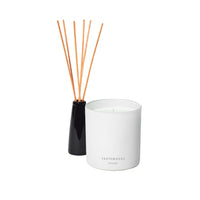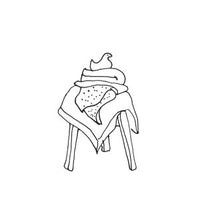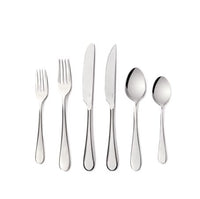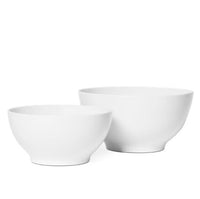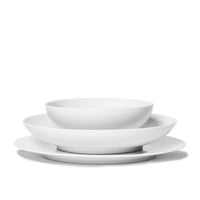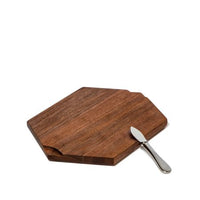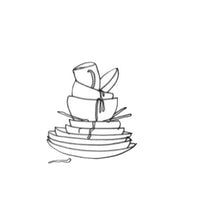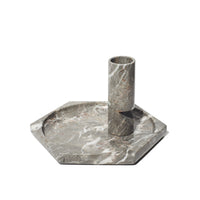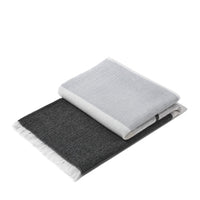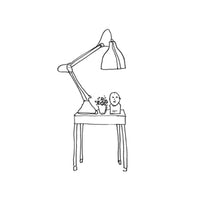When it comes to bedding, the type of sheets you choose can have a significant impact on your overall comfort and quality of sleep.
Percale sheets are a popular option due to their crisp and cool feel. But what exactly do percale sheets feel like, and are they the right choice for you?

Percale sheets are made from a tight weave of cotton fibers, resulting in a lightweight and breathable fabric.
The texture of percale sheets can be described as crisp, cool, and slightly textured.
Unlike sateen sheets, which have a silky smooth feel, percale sheets have a matte finish that gives them a classic and timeless look.
One of the benefits of percale sheets is their ability to keep you cool and comfortable throughout the night.
The breathable fabric allows air to circulate, preventing you from feeling too hot or sweaty.
Additionally, the crisp texture of percale sheets can provide a satisfying sensory experience, making it easier to relax and fall asleep.
What Is the Texture of Percale Sheets?

If you're looking for sheets that offer a crisp, cool, and lightweight feel, percale sheets are a great option. The texture of percale sheets is unique due to the type of weave used to create them.
Percale Weave and Its Unique Characteristics
Percale sheets are made using a one-over-one-under weave pattern, which results in a tight and uniform texture.
This weave pattern creates a matte finish that gives percale sheets their crisp and cool feel.
The percale weave is known for its durability, breathability, and resistance to pilling.
Cotton Types in Percale Sheets
Percale sheets are typically made from cotton, although they may also be blended with other materials such as silk, polyester, or rayon from bamboo.
The type of cotton used can affect the texture of percale sheets.
Some of the most common types of cotton used in percale sheets include:
-
Egyptian cotton: This type of cotton is known for its long fibers, which make it strong and durable. Egyptian cotton percale sheets are often considered to be the most luxurious due to their soft and silky feel.
-
Pima cotton: Pima cotton is also known for its long fibers, which make it soft and durable. Pima cotton percale sheets are often more affordable than Egyptian cotton percale sheets, but still offer a soft and smooth feel.
-
Long-staple cotton: This type of cotton has longer fibers than regular cotton, which makes it stronger and more durable. Long-staple cotton percale sheets offer a crisp and cool feel, and are often more affordable than Egyptian or Pima cotton percale sheets.
-
Extra-long-staple cotton: This type of cotton has the longest fibers of any cotton, which makes it the softest and most luxurious. Extra-long-staple cotton percale sheets are often the most expensive, but offer a silky and smooth feel.
Thread Count's Role in Feel and Quality
Thread count refers to the number of threads woven into one square inch of fabric.
While a higher thread count may indicate a softer fabric, it's not always a reliable indicator of quality.
In fact, percale sheets typically have a lower thread count than other types of sheets, but still offer a smooth and crisp feel.
Benefits of Percale Sheets

When it comes to bedding, percale sheets offer a range of benefits. Here are some of the key advantages of these sheets:
Breathability and Temperature Regulation
Percale sheets are known for their breathability and ability to regulate temperature.
The one-over-one-under weave pattern used in percale sheets allows for air to flow freely, making them a great option for hot sleepers.
This means that you can stay cool and comfortable throughout the night, even during warm summer months.
Durability and Longevity
Percale sheets are also known for their durability and longevity.
They are made from high-quality materials that can stand up to regular use and washing.
Unlike other types of sheets that may wear out quickly, percale sheets can last for years with proper care.
Comfort and Softness Over Time
While percale sheets may feel crisp and slightly stiff when first purchased, they become softer and more comfortable with each wash.
They are also lightweight and airy, which can make for a more comfortable sleeping experience.
Caring for Your Percale Sheets

Taking proper care of your percale sheets is essential for maintaining their quality and longevity. Here are some tips for caring for your percale sheets:
Proper Washing and Drying Techniques
When washing your percale sheets, use cold water and a mild detergent to avoid damaging the fibers.
Avoid using fabric softeners, bleach, or any harsh chemicals that can cause pilling and shrinkage.
If your sheets have any stains, pretreat them with a laundry detergent before washing.
To prevent wrinkling, tumble dry your sheets on low heat or hang them to air dry.
Avoid over-drying your sheets, as this can cause them to shrink and lose their softness.
If you prefer to iron your sheets, use a low heat setting and iron them when they are slightly damp.
Dealing with Wrinkling and Pilling
Percale sheets are prone to wrinkling, but there are a few things you can do to prevent or minimize wrinkles.
First, make sure to remove your sheets from the dryer or the line as soon as they are dry.
Second, fold them neatly and store them in a cool, dry place.
Pilling is another common issue with percale sheets. To prevent pilling, avoid using fabric softeners or bleach, as they can weaken the fibers and cause pilling.
You can also try washing your sheets inside out to minimize friction.
Choosing the Right Percale Sheets for You

When it comes to selecting percale sheets, there are several factors to consider. From comparing percale to sateen and other fabrics to assessing cost and value, and selecting patterns, colors, and sizes, you need to make informed decisions to ensure you get the best percale sheets for your needs.
Comparing Percale to Sateen and Other Fabrics
Percale sheets are crisp and cool to the touch with a matte finish, which makes them ideal for summer or warm sleepers.
On the other hand, sateen sheets are silky and smooth with a sheen finish, which makes them perfect for winter or cold sleepers.
Other fabrics, such as silk, linen sheets, rayon from bamboo, and lyocell, offer their unique benefits and drawbacks.
Assessing Cost and Value
Percale sheets come in different thread counts, ranging from 200 to 800.
Higher thread count percale sheets are more expensive than lower thread count ones.
However, you don't necessarily need to buy the most expensive percale sheets to get the best quality.
Instead, you should assess the value of the sheets based on their durability, comfort, and overall quality.
Selecting Patterns, Colors, and Sizes
Percale sheets come in various patterns, colors, and sizes, which allows you to choose the ones that match your personal preference and bedroom decor.
Some popular patterns include stripes, polka dots, and floral prints, while common colors include white, beige, and gray.
You should also consider the size of your bed to ensure you get the right fit for your percale sheets.
Conclusion
Percale sheets offer a distinctive sleeping experience characterized by their crisp, cool, and breathable texture. Their one-over-one-under weave creates a smooth, matte finish that contrasts with the silky feel of sateen sheets. Ideal for those who prefer a lightweight and airy feel, percale sheets excel in temperature regulation, making them suitable for warm climates or hot sleepers. Their durability and resistance to pilling contribute to their long-term value. However, they may require more maintenance to minimize wrinkling and avoid pilling. With options ranging from Egyptian to Pima and extra-long-staple cotton, percale sheets cater to various preferences and budgets. Whether opting for their classic feel or comparing them to other fabrics, understanding the characteristics and benefits of percale sheets helps in making an informed choice for a restful and comfortable sleep.
Frequently Asked Questions

What are the differences between percale and Egyptian cotton sheets?
Percale sheets and Egyptian cotton sheets are both made of cotton, but they differ in their weave and origin.
Percale sheets are made with a one-over-one-under weave pattern, while Egyptian cotton sheets are made with a sateen weave pattern.
Egyptian cotton sheets are made from cotton grown in Egypt, which is known for producing long-staple cotton fibers that are soft and durable.
Percale sheets can be made from any type of cotton, but they are known for their crisp and cool feel.
How do percale sheets compare to sateen sheets in terms of feel?
Percale sheets have a crisp, cool feel that is often described as "hotel-like."
Sateen sheets, on the other hand, have a smooth, silky feel that is often described as "luxurious."
Both types of sheets are made from cotton, but they differ in their weave pattern.
Percale sheets have a one-over-one-under weave pattern, while sateen sheets have a four-over-one-under weave pattern. This difference in weave pattern gives the sheets their distinct feel.
What makes the best percale sheets stand out?
The best percale sheets are made from high-quality cotton fibers and have a thread count of 200 or higher.
They are crisp, cool, and breathable, making them ideal for hot sleepers.
The weave pattern of percale sheets also allows for air to circulate, which helps regulate body temperature.
The best percale sheets are also durable and can last for years with proper care.
Do luxury hotels prefer percale or sateen sheets?
Luxury hotels often use both percale and sateen sheets, depending on the desired level of luxury and comfort.
Percale sheets are often used in hotels for their crisp, cool feel and durability.
Sateen sheets are often used in higher-end hotels for their silky, luxurious feel.
Can percale sheets feel scratchy compared to other materials?
Percale sheets can feel scratchy if they are made from lower-quality cotton fibers or have a low thread count.
However, high-quality percale sheets made from long-staple cotton fibers should not feel scratchy.
It is important to check the quality of the cotton and the thread count before purchasing percale sheets.
What are the advantages and disadvantages of using percale sheets?
The advantages of using percale sheets include their crisp, cool feel, durability, and breathability.
They are also easy to care for and can be machine washed and dried.
The disadvantages of using percale sheets include their tendency to wrinkle easily and their potential to feel scratchy if they are made from low-quality cotton fibers.
